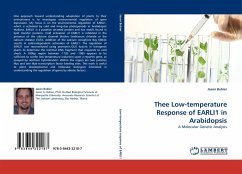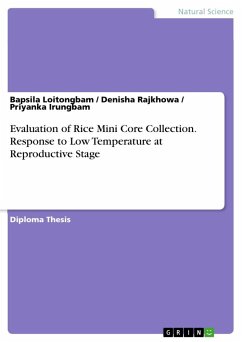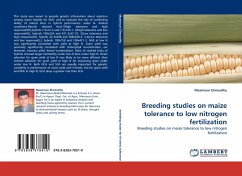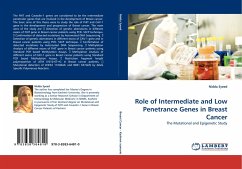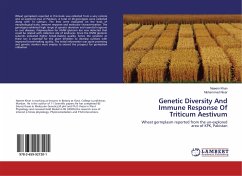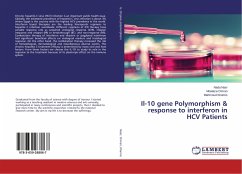One approach toward understanding adaptation of plants to their environment is to investigate environmental regulation of gene expression. My focus is on the environmental regulation of EARLI1, which is activated by cold and long-day photoperiods in Arabidopsis thaliana. EARLI1 is a putative secreted protein and has motifs found in lipid transfer proteins. Cold activation of EARLI1 is inhibited in the presence of the calcium channel blocker lanthanum chloride or the calcium chelator EGTA. Addition of the calcium ionophore Bay K8644 results in cold-independent activation of EARLI1. The regulation of EARLI1 was reconstituted using promoter::GUS fusions in transgenic plants to determine the minimal DNA fragment that responds to cold shock. A 100bp region between -1183 and -1085 appears to be sufficient to confer low-temperature induction upon a reporter gene, as assayed by northern hybridization. Within this region are two putative Myc and one Myb transcription factor binding sites.This work is useful to plant developmental and molecular biologists interested in understanding the regulation of genes by abiotic factors.

